Exponential Thinking: Future Principles to Redesign Our Brain’s Operating System
Experiment, stay open-minded, be flexible.
Experiment, stay open-minded, be flexible.
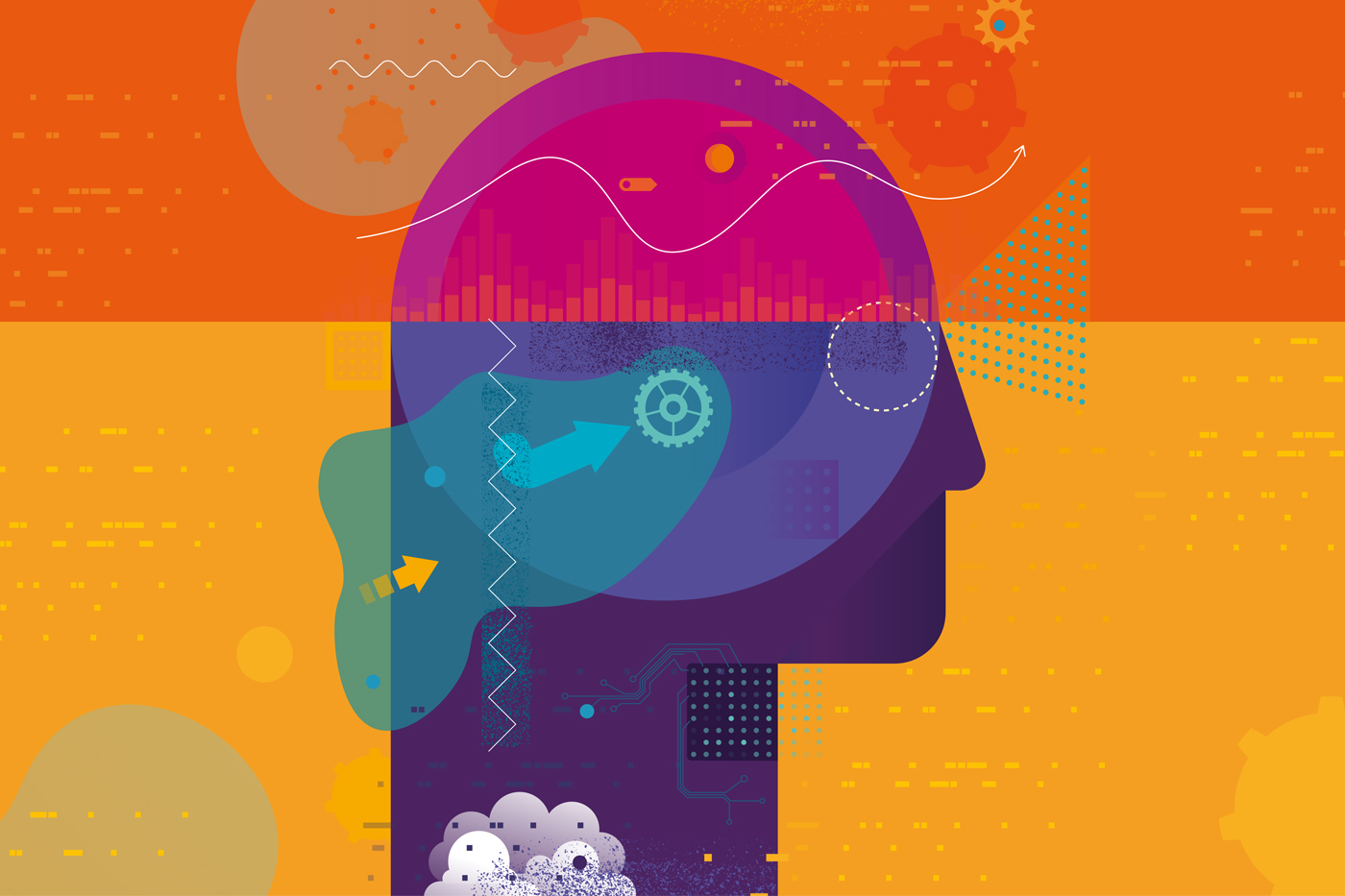
By Derek Ariss
Welcome to a period in the world when things are getting extremely interesting. Times are changing and, for most of us, the skills that we have developed in the past are not the skills that we will need to navigate our way forward into the future.
For example, many of us will remember a time, perhaps only one generation ago, when you could go to school, graduate, look for a job, and eventually get employment. If you worked hard, you would keep that position for the rest of your work life. Even with changes, most of us had significant moments of stability. Today, having a good education is still very useful; however, finding a job for a lifetime is almost impossible. More importantly, the chances are high that your present work situation will last only about 48 months. Career changes will happen regularly and more frequently. Pre-Covid, it was estimated the average person today would change jobs over 12 times throughout their career.
Life is very different now than a few years ago, mainly due to technology. Thanks to technology driving change so quickly, a lot of the past patterns can’t be used as a projection of where we will be in the future. Courtesy of technology, information is available to everyone who has access to the web. Due to this, people, if they choose, can make great strides forward in all areas of life, be they commercial or personal. Technology has also been shifting and changing the area of financial services. In finance, technology drives multiple organisational structures from past centralised structures to now become decentralised structures, e.g. Traditional centralised financial models are now being shifted to decentralised finance models. Technology impacts our currencies and storage of value, where digital currency formats are constantly hitting the headlines of current news topics ranging from digital dollars to NFTs (non-fungible tokens).
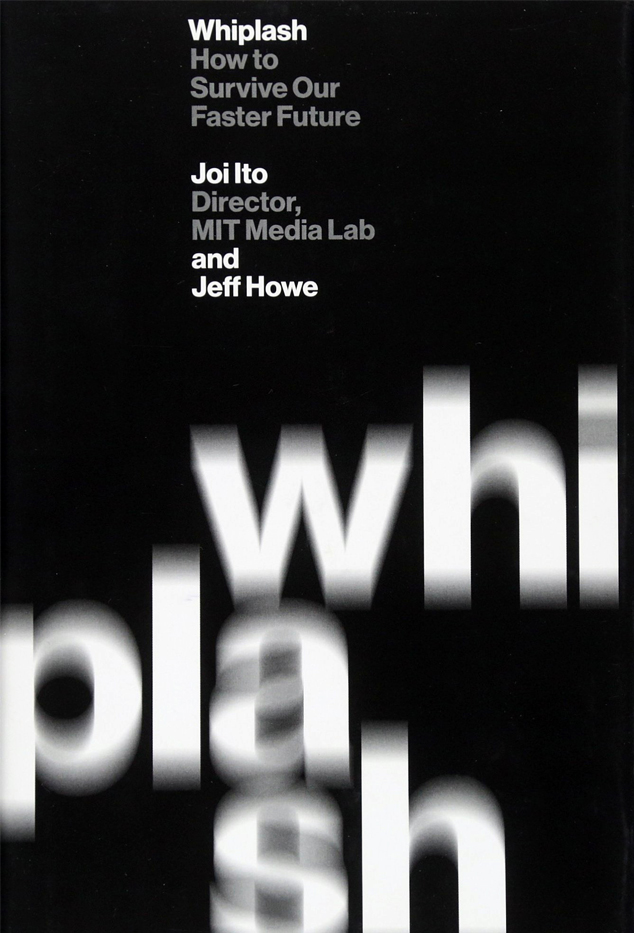 The big question is, “How do we cope in the continuously altering, decentralised world in which we live?”. The past way of thinking and doing things may not have the answer. It’s as if our thought processes, our ‘operating systems’ need an upgrade. But where do we look for a new mental operating system? Where might we find such a new way of thinking? I believe that part of the answer is in a book, Whiplash: How to Survive our Faster Future, by Joi Ito and Jeff Howe.
The big question is, “How do we cope in the continuously altering, decentralised world in which we live?”. The past way of thinking and doing things may not have the answer. It’s as if our thought processes, our ‘operating systems’ need an upgrade. But where do we look for a new mental operating system? Where might we find such a new way of thinking? I believe that part of the answer is in a book, Whiplash: How to Survive our Faster Future, by Joi Ito and Jeff Howe.
Whiplash shares ten principles that can be used to survive and adapt to the technological changes shaping our future. The book is a thought provoker and can be used as a guide. Ito is former director of the MIT Media Lab and Howe is an experienced journalist from WIRED magazine. As a team, they create a thought piece that is worth referencing.
I want to discuss three of the 10 principles in this article, which resonate particularly well.
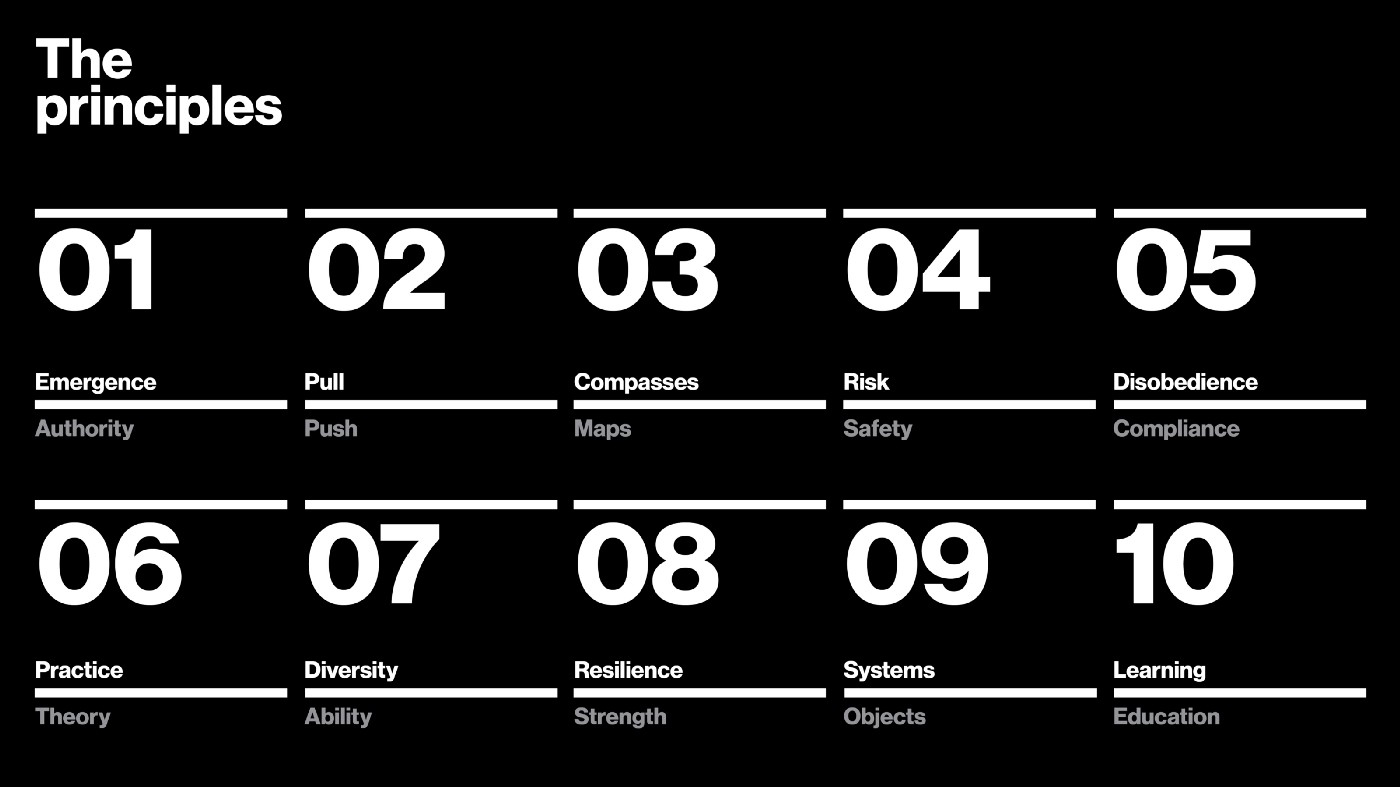
The principles are:
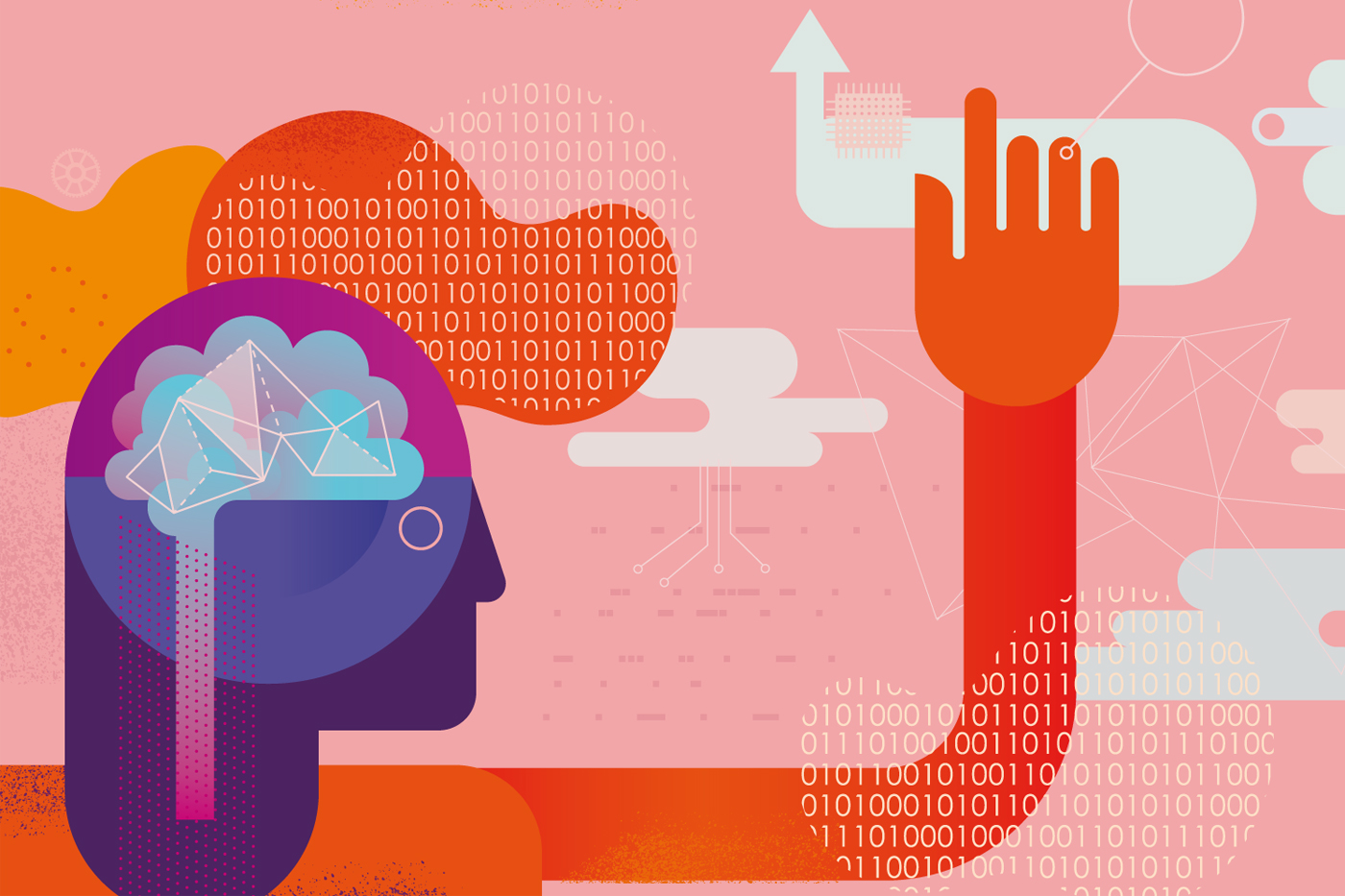
The principle of practice over theory is about recognising that in a fast-paced, technology-driven future, where change is now the new constant, there is often a higher cost to waiting and planning than doing and improvising.
As Albert Einstein stated, “In theory, there is no difference between theory and practice. In practice, there is”. Side note: Interestingly, there is debate as to who this quote originated from; some people credit the famous baseball player Yogi Berra, others Albert Einstein, and still others Richard P Feynman. Regardless of its origins, this quote is in good stead and a helpful reminder of this impactful principle.
The main idea is to understand that we learn better and faster when we build things and do them versus spend too much time and plan them out. Our knowledge and experiences make the learning objective and practical as we build.
For example, have you ever noticed that a plan or idea in your mind always goes well, but when it comes to delivering on the plan, things often go different than expected? A simple one-day task frequently takes several days and is always more complicated and expensive than anticipated.
As an illustration highlighting the dramatic difference between theory and practice, I want you to imagine feeding three puppies out of three bowls that are in a row. You may have imagined that each puppy would go to its separate bowl and quietly eat its meal. In reality that never happens – there is always one bowl that looks better than the rest which all three puppies will fight over and voila “Puppy Mayhem” and bowls of food all over the kitchen. The difference between practice and theory.
You may have planned for the puppies eat from the bowls that are nicely lined up, but when you try it in practice, it just won’t happen that way!
To deliver faster and better, Ito and Howe emphasise less planning and more doing. Traditionally, products and services were created, which required detailed plans and oversight before production of the product or service could begin.
Their suggested approach is to use methods similar to what was created with Agile software development. Using Agile methodology means focusing on adaptive planning and on-the-spot improvisation to address unexpected challenges. The benefits of this approach are that the practice of collaboration and experimentation are reinforced and that teams learn by doing. A win-win strategy is created for both the organisation and individual with active learning.
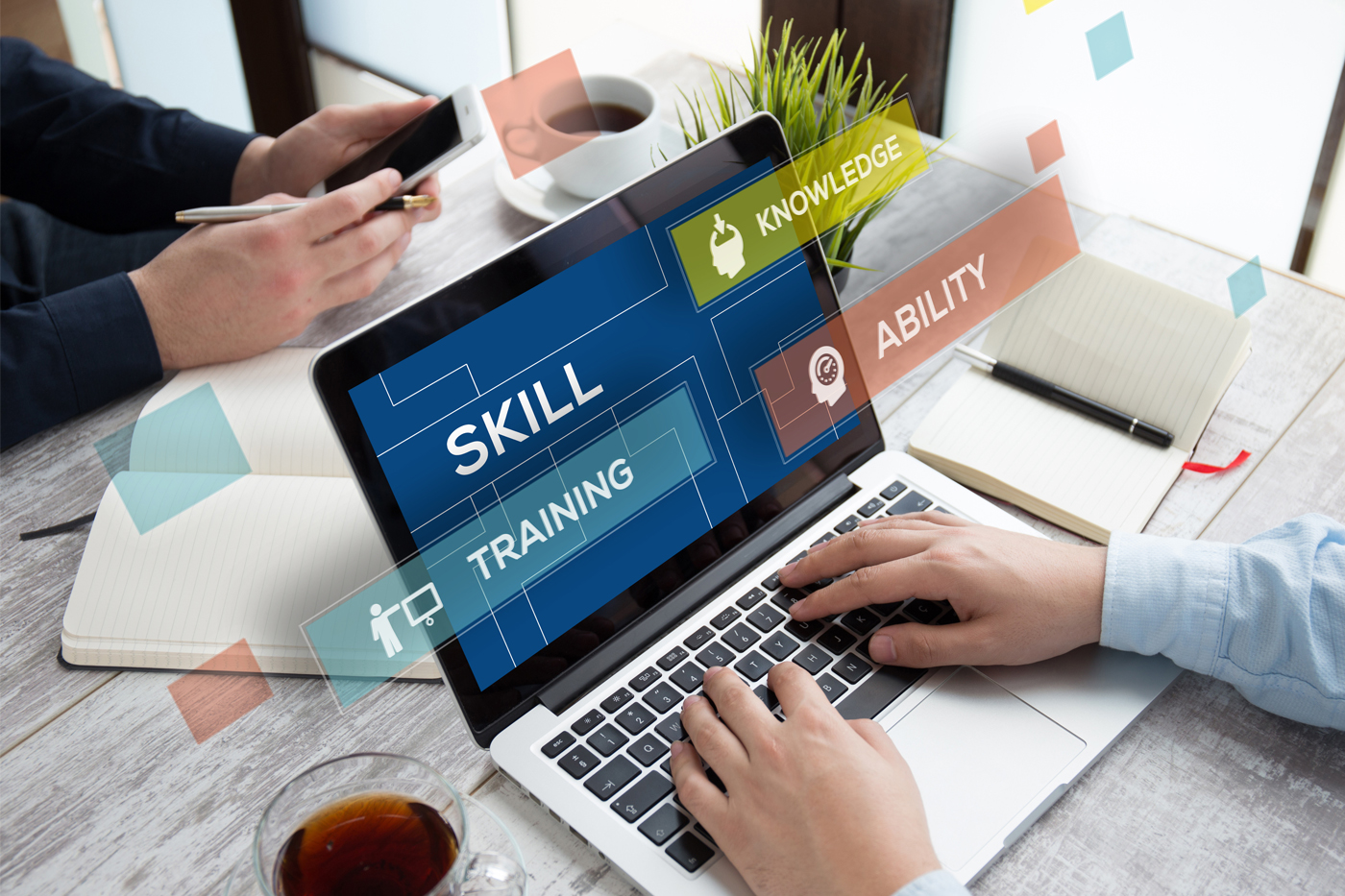
For a brief on Agile culture and a deeper understanding of how practice-over-theory works, there is an excellent video entitled Spotify Engineering Culture – Part 1. You develop a clear sense of how software development teams apply this principle. You can start thinking about how this can be directly used in financial services, not just software development.
The second principle from Whiplash is learning over education.
For most of us are learning stops when we graduate and wave goodbye to our last educational institution. So, we then have at least 50 to 60 years of our lives left. To succeed and move forward, we have to find a better way to keep learning and, more importantly, apply the learning.
As Ito says, “Education is what people do to you, and learning is what you do to yourself.” This is a powerful distinction.
The learning-over-education principle highlights that a major shift is necessary in gathering and using knowledge. Firstly, instead of using the traditional top-down, one-way model of knowledge transfer, the future of learning needs to be an active connected system where participants are taught how to learn better and apply what they have learned immediately.
This means that learning needs to become interactive and applicable. Ideally, participants who actively learn will walk away from a programme and immediately practice and apply what they learned in order to create impact.
Participants must go out of their way to apply what they’ve learned.
Education may stop once you receive some form of accreditation; however, learning never stops. Success in the future is reliant upon continuous learning. Learning and applying such learning directly in the work environment will lead to successful, more fulfilled employees and productive, engaging organisations.
We all have a responsibility to ourselves to keep learning, growing and applying our knowledge throughout all of our lives. As a reminder of this message, I recall that in early 2019, pre-Covid, I attended a conference at the National University of Singapore. There, Senior Minister of State for Education Chee Hong Tat emphasised that we as individuals need to embrace lifelong learning to remain relevant. It is possible to do, however we all need to do this more.
The winners, it seems, will be the people who apply this learning. We all need to apply our learnings over our lifetimes.
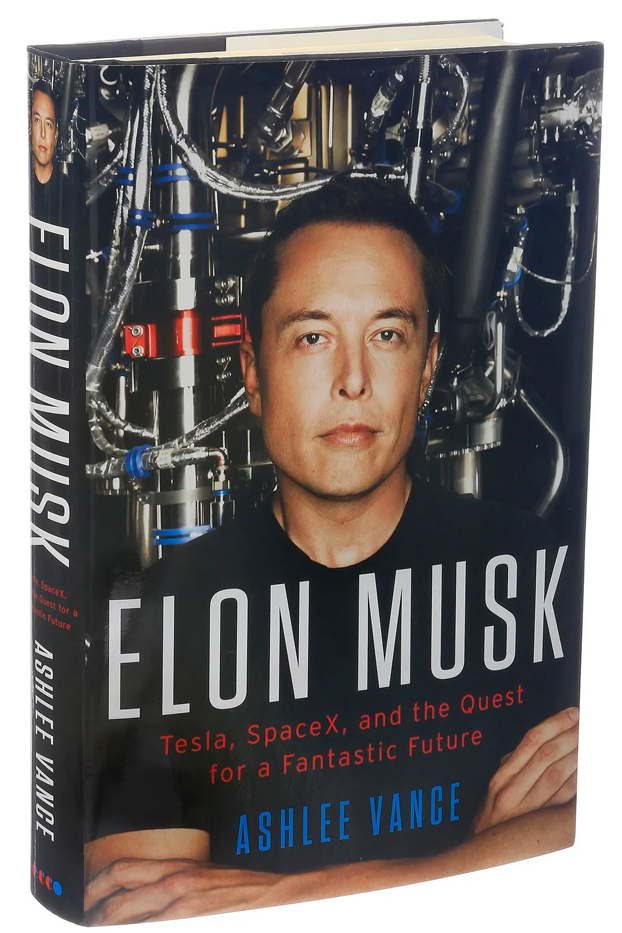 When emulating the education-over-learning principle, an ideal role model for us to consider is Elon Musk. As the story goes, Elon completed a bachelor of arts in economics and a bachelor of science in physics at the University of Pennsylvania and then attended Stanford University to pursue business studies. While attending Stanford, he decided instead to pursue a business career. He actively used what he was learning and applied it in software development, then banking. From there, he became the Founder, CEO, and Chief Engineer at Space X, early-stage investor CEO and Product Architect of Tesla Inc, Founder of the Boring Company, and Co-founder of Neuralink and Open AI.
When emulating the education-over-learning principle, an ideal role model for us to consider is Elon Musk. As the story goes, Elon completed a bachelor of arts in economics and a bachelor of science in physics at the University of Pennsylvania and then attended Stanford University to pursue business studies. While attending Stanford, he decided instead to pursue a business career. He actively used what he was learning and applied it in software development, then banking. From there, he became the Founder, CEO, and Chief Engineer at Space X, early-stage investor CEO and Product Architect of Tesla Inc, Founder of the Boring Company, and Co-founder of Neuralink and Open AI.
Each year, thousands of students graduate with the same educational background and programming experience as Elon Musk. How many of them are applying their knowledge actively? Part of the key to success could be the active application of this knowledge and the continuous learning that goes with this experience.
Interestingly, with the principle of learning over education, even though technology has allowed affordable access to knowledge, people still need to develop an active interest in what they have learned and commit to learning and applying knowledge.

The third principle we will discuss is the concept of resilience over strength. An excellent way to illustrate this principle is to consider the qualities of a bough versus an oak tree. When strong winds blow, the supple bough bends with the wind, never breaking; however, the strong oak tree breaks and fragments with a strong enough wind.
It‘s a similar principle when studying at large organisations. Historically, most large organisations, as Ito puts it, “hardened themselves against failure.” They have hierarchical management structures, rigid processes, and detailed multiple-year plans to grow and develop.

As environments change, so does fintech. However, with this ever-altering future, environments are moving too quickly. To survive, many fintech companies have taken a very different approach. Since fintech structures are often new, untested, and to deal with continuous change, they need an enormous appetite to take on risks and stay limber.
When it comes to staying flexible, I look to the example of Alipay. As you may be aware Alipay is a mobile payment platform launched in China in 2004 by Chinese e-commerce giant Alibaba. It is an e-wallet downloadable on mobile devices. Taobao, the e-commerce platform of Alibaba, needed an escrow service acting between the buyer and the seller, withholding the payment until the buyer receives the purchased goods. Alipay was born to power e-commerce transactions.
Today, Alipay has evolved into a huge financial ecosystem: Huabei wealth management platform Ant Fortune, private online bank MYbank, credit scoring and loyalty programme system Zhima Credit. But to get to this level of success, it had to stay limber and flexible.
A great story illustrates how flexible Alipay needed to be to make it to where it is now. As Alibaba developed its payment platform for mobiles, it ran into a problem. It needed software that all mobile phones could use to connect customers to their payment system. The issue was that each mobile phone manufacturer had manufacturer-specific software, which meant that Alibaba would have to create specific software for each manufacturer, and then enter into complex contracts to allow that software to be installed. There had to be a better way, and there was.
Instead of solving the issue using software, the team looked at what was similar in all mobile phones. It was not the software but the hardware that was consistent. All phones had microphones, receivers, and cameras. So Alibaba embarked on creating a ’sound wave payment technology’ to transmit payments.
Unfortunately, the sound wave technology was a not reliable solution for completing payments. There needed to be a better solution and the solution was to use the mobile phone’s camera to identify codes. More specifically they chose to use, Quick Response codes or QR codes, which were originally developed by Masahiro Hara for Toyota in 1994. The QR code allowed Alipay to pioneer mobile payments in China, and the rest is history. Being flexible rather than being strong made all the difference.
In this fast-paced, technology-driven, constantly changing world, we need to see the world and address challenges differently in order to stay successful.
In this article, we’ve discussed three principles which I feel is important for all of us to embrace. Applying this information, regularly experimenting, and staying open-minded and flexible is a great start.
Interested? Please read at Whiplash and see the other seven principles. It will be time well spent.
Derek Ariss is Head of Innovation Education at Lightbulb Capital and is responsible for building the education practice, focusing on creativity, design thinking, technology, culture, and mindset conducive to innovation in finance. Derek also teaches part of the Singapore Management University (SMU) Certificate in FinTech and Innovation course and an Innovation Culture Catalyst course at SMU. He holds an MBA in International Marketing and Strategy and Bachelor of Commerce (Hons) from the University of Windsor, Canada, and a Bachelor of Science in Psychology and Biology.